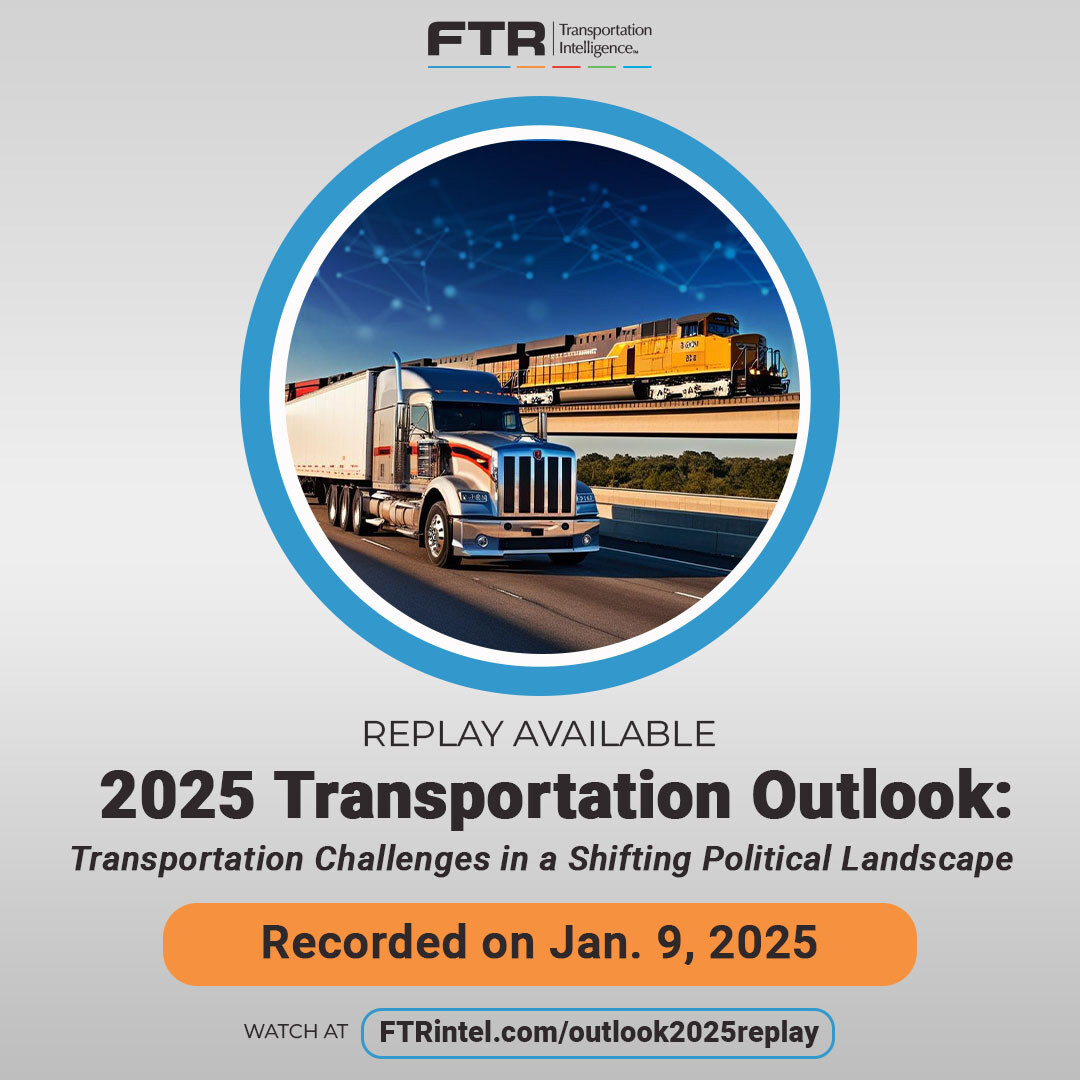
Tariffs and Their Ripple Effects: Key Insights for Strategic Planning
The discussion during our recent webinar Q&A brought critical insights into the effects of tariffs on trade, transportation, and economic policy. For leaders focused on strategy and decision-making, understanding these dynamics is essential to navigating the evolving landscape.
Strategic Insights on Tariff Impacts
-
Trade Volatility Drives Freight Demand
A tariff environment significantly impacts trade flows. While tariffs on imports raise costs and may suppress demand, preemptive stockpiling often drives spikes in freight activity. For example, Q4 2024 saw elevated import volumes as businesses prepared for a potential port strike and anticipated tariff activity, boosting GDP-related freight demand.Takeaway: Monitor trade patterns closely. Be prepared for shifts in freight activity tied to inventory cycles and policy changes.
-
Inflationary Pressures Require Cost Strategies
Tariffs introduce new costs into the supply chain, either absorbed by margins or passed to consumers, creating moderate inflationary pressure. Our analysis projects a noticeable, though not dramatic, inflationary impact in 2025. The Federal Reserve’s response, likely fewer rate cuts than anticipated, could further influence cost structures.Takeaway: Factor inflation scenarios into pricing and budgeting. Build contingencies for potential interest rate adjustments that may impact capital planning.

-
Inventory Dynamics Shift Business Activity
Anticipating tariffs often leads to front-loading inventory purchases. While this boosts short-term activity, the resulting drawdowns can create mid-year slowdowns. Businesses should prepare for fluctuations in demand as these cycles play out.Takeaway: Plan operational flexibility around inventory-driven demand cycles to optimize resources during peaks and troughs.
This conversation came from the Q&A part of our 2025 Transportation Outlook webinar. You can watch the question and answer here.
-
Uncertainty Amplifies Planning Challenges
Conflicting signals on the scope and timing of tariffs create strategic uncertainty. Leaders must balance proactive planning with adaptability, as clarity on trade policy often arrives too late for seamless adjustments.Takeaway: Build scenarios into planning models to account for a range of tariff impacts, and remain agile in adapting to new information.

Missed the Webinar?
Navigating 2025 and Beyond
A tariff environment brings complexity, but it also creates opportunities for those prepared to act strategically. By staying ahead of trade policy developments and aligning operations with shifting economic conditions, leaders can mitigate risks and position their organizations for success.
Understanding the broader implications of tariffs—beyond their immediate trade effects—will be essential for effective decision-making in 2025.

.png?width=1600&height=500&name=Webinar%20QA%20Tariffs%201%20(1).png)

.png?width=1200&length=1200&name=11%20Podcast%20Graphics%20-%20Updated%205.28.24(2).png)
.png?width=1200&length=1200&name=11%20Podcast%20Graphics%20-%20Updated%205.28.24(1).png)
